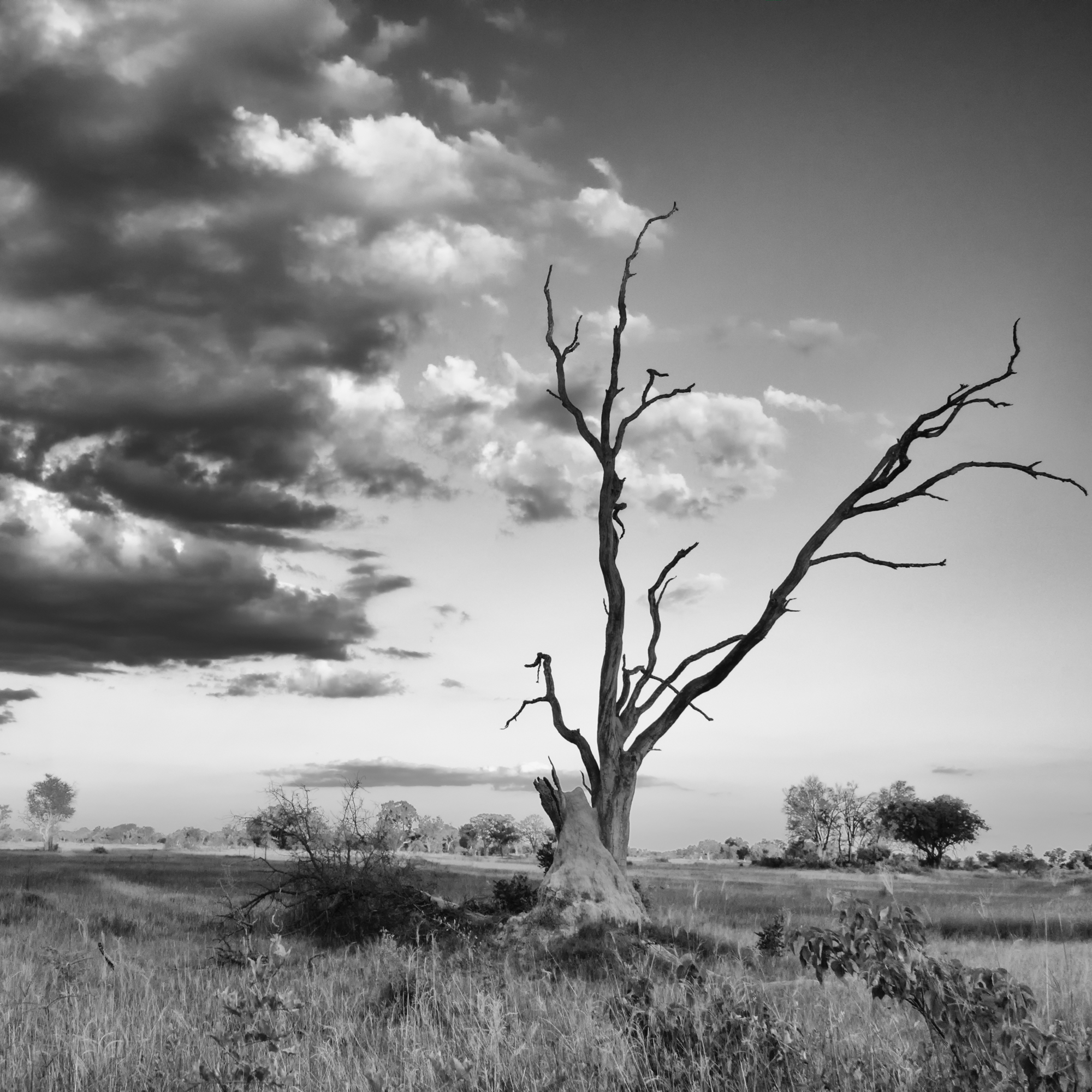These birds seemed to think that breakfast is not only the most important meal of the day, but an easy breakfast is!

A sociable weaver looks sleepy atop a bowl of museli.



Showcasing the beauty of Mother Nature
These birds seemed to think that breakfast is not only the most important meal of the day, but an easy breakfast is!










I am gratefully, happily, joyfully back in Southern Africa again, and spent the past few days in Cape Town. This time, I was lucky enough to get the cable car to the top of Table Mountain (the “tablecloth” covered it almost my entire stay last time, and high winds had the cable car closed). I took the journey to Robben Island, seeing where Nelson Mandela spent his imprisonment and heard a first-hand account about what life was like in the prison, and had a lovely day trip to Franschhoek, the Cape of Good Hope and Boulders Beach (penguins!).
Honestly though, the absolute highlights of my time in Cape Town was having the opportunity to meet up with a friend I met my first trip over, and finally meeting my fabulous SA based travel agent in person.
I’ve brought along a tablet/PC hybrid to back up photos, and the editing capacity is a bit on the sluggish side, but I will do my best to get a few highlight photos posted when I can, because I can honestly say I would much rather be outside enjoying the beautiful scenery than spending too much time inside on the computer.
I’ve finally had a chance to sit down to post this one day two of my time in Namibia, depending on internet connections, I might get a chance to post some photos of the desert and animals in the next couple of days.
Seeing about 6 or 7 of our beautiful great blue herons on Tuesday reminded me that I still had a few photos of grey herons to edit. These are the last of the photos I had flagged off from my stay at Zimanga for editing.
Enjoy 🙂





I was so excited when I had the chance to watch a goliath heron two evenings in a row; I wasn’t so impressed with the light and weather conditions I had to photograph them. Hopefully one day I will see one of them again in more favourable conditions; until then, here are a few of the photos I captured 🙂
Have a great evening!


On my first trip to South Africa, I completely blanked on the name of this bird while watching a pair perched in a tree along the river, and asked my guide the brilliant question “What is their primary prey?” Fish. Oh dear… I felt quite silly. I learned a bit more about the fish eagles this past trip (thank you to Graeme, Rebecca and Vincent for all the valuable information throughout my stay!) You can tell the difference between the males and females by the white front feathers. The males have a shirt, and the girls have a skirt. I had serious trouble distinguishing between the two at times though – those fish eagle girls sometimes have VERY short skirts! I’ll give my best guess as to the sexes in the pictures below. I’ve got a 50/50 shot of being right. Have a great evening!




I saw this beautiful firefinch couple at the Zimanga bird hide during our morning session. They are similar in size to the blue waxbills, and like them have such soft, gentle looking faces. As with (almost) all birds, the male has much more vibrant colouring than the female. And check out the tiny white dots running along the sides of their chests; such a delicate detail.




I spent a lot of time watching these little birds on my last trip to South Africa, both around the yard at the volunteer house, and while at the bird hides. There was something about the way they gathered in small groups, their flight style and their happy looking faces that reminded me of the oregon dark eyed juncos we have here at home; it certainly wasn’t based on appearance, as other than size and beak shape, they physically have nothing in common.





Here are a few more photos of rhinos that I had flagged for posting.
Have a great evening!


